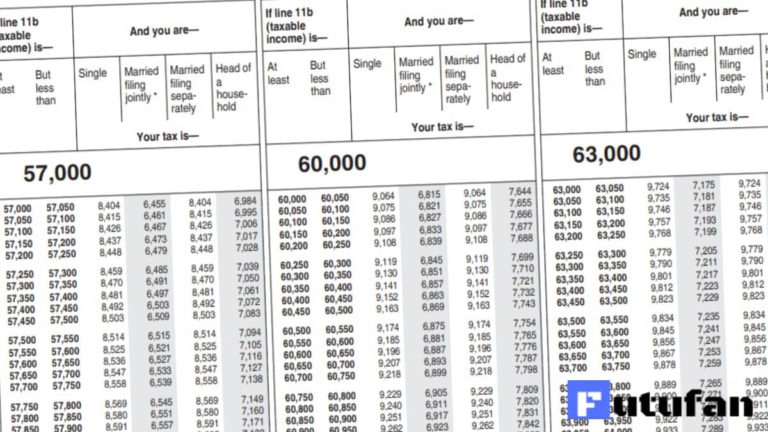
The Tax Foundation is a good resource for looking up your state income tax rates. I live in Texas, a state without state income taxes, so I don’t have to worry about this. Just to make it clear, these are Federal tax rates. It can also help with paying estimated taxes throughout the year if you have your own small business. For example, strategic tax moves you have to make before the end of 2020. This can help with tax planning this year. It’s a good idea to note now which bracket your income will likely fall into for next year. These tax rates impact how much you pay to Uncle Sam on the income you earn in 20, respectively. If your reading this, you probably already know why they matter, but just thought I’d make sure. This amount is about on par with inflation, which so far in 2020 is 1.2% according to the U.S.

The income you can earn per each bracket has been raised slightly, on average about 1.0%. I couldn’t find a side-by-side comparison wi-th 2020, so I decided to create one that I could look at and that will hopefully help you out. Stats.The IRS released the 2021 Tax Rate Brackets recently, along with the 2021 Standard Deduction amount and a bunch of other details that your tax man might find interesting. Guidance issued prior to this date, that is contrary to the information in this document is superseded by this document, according to sec. Laws enacted and in effect after this date, new administrative rules, and court decisions may change the interpretations in this document. This document provides statements or interpretations of the following laws and regulations enacted as of November 15, 2021: secs. Note: Additional information on which county tax is imposed on sales and leases of motor vehicles, boats, recreational vehicles, aircraft, snowmobiles, trailers, semitrailers, all-terrain vehicles, utility vehicles, and off-highway motorcycles is provided in Part 18.D.(4) and (5) of Publication 201, sell a motor vehicle, boat, recreational vehicle, or aircraft that will be customarily kept in a county that adopted the county tax.

make taxable sales that are sourced to (i.e., take place in) a county with a tax or.COUNTY NAME AND CODEĬaution: A retailer making sales subject to the 5% Wisconsin sales tax who must also collect and remit county tax if the retailer: The following chart lists the total sales and use tax rate for each county.įind the State and County Tax Rate for a particular sale. Retailers who make sales subject to the 0.5% county tax must collect 5.5% sales tax on their retail sales: Exceptions to the county tax treatment and special situations are explained in Part 18.D.(2) through (5) in Publication 201,


Seeįor the 68 Wisconsin counties who have adopted a county tax, the county tax is a 0.5% tax imposed on the sales price from retail sales, licenses, leases, or rentals of tangible personal property, certain coins and stamps, certain leased property affixed to realty, or certain digital goods, or the selling, licensing, performing, or furnishing of taxable services in a county with a county tax. The Wisconsin use tax is a 5% tax imposed on the purchase price of tangible personal property, certain coins and stamps, certain leased property affixed to realty, certain digital goods, or taxable services that are used, stored, or consumed within Wisconsin, but upon which a Wisconsin sales or use tax has not previously been paid. The Wisconsin sales tax is a 5% tax imposed on the sales price of retailers who sell, license, lease, or rent tangible personal property, certain coins and stamps, certain leased property affixed to realty, or certain digital goods, or sell, license, perform, or furnish taxable services in Wisconsin. Note: Nonresidents and part-year residents must prorate the tax based on the ratio of their Wisconsin income to their federal adjusted gross income. Wisconsin individual income tax rates vary from 3.54% to 7.65%, depending upon marital status and income.įor single taxpayers, taxpayers qualified to file as head of household, estates, and trusts with taxable income: overįor married taxpayers filing a joint return with taxable income: overįor married taxpayers filing separate returns with taxable income: over


 0 kommentar(er)
0 kommentar(er)
